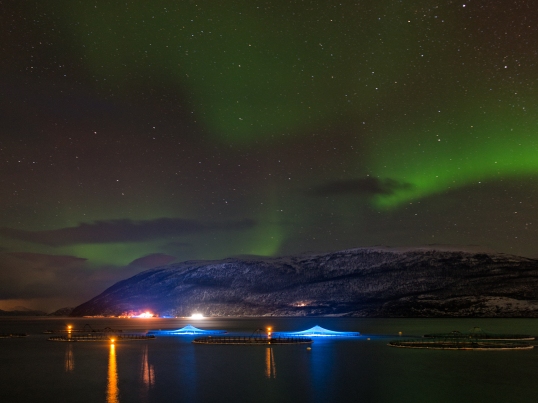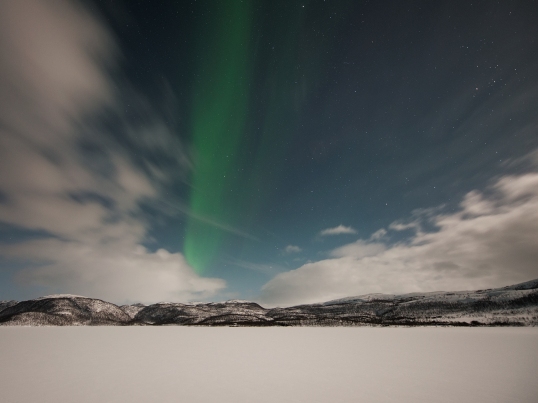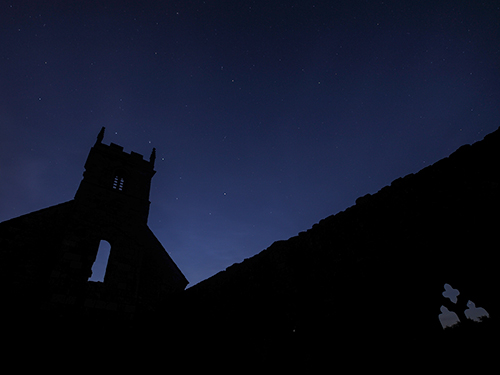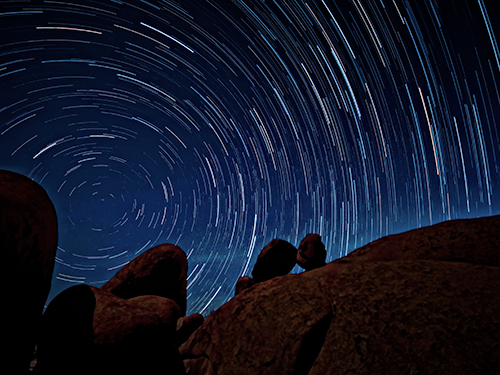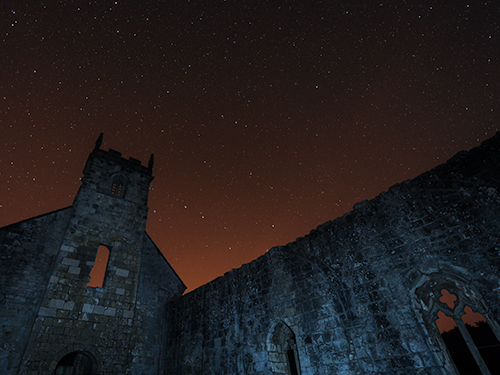Seeing the light
I was sat in a bar in Alta a few night’s ago slowly savouring a rather expensive beer and casually re-reading Steinbeck’s ‘Of Mice & Men’ on my iPad. For those of you who haven’t had the opportunity of reading this short but beautifully written novella, I would highly recommend doing so. Essentially, it’s about loneliness and it reflected my mood perfectly.
It was early in the evening and outside the ice-covered streets were dark and empty. The bar was almost empty too and there was little opportunity for my favourite pastime of people watching. A tall Norwegian man entered the bar, dressed in a thick overcoat and white Aran sweater. He was alone and he appeared to be a visitor rather than a resident. I watched him as he ordered a beer and take a seat at the far end of the bar. He drummed his fingers on the wooden table as he scanned the room for someone to engage in conversation. I didn’t really wish to chat so I lowered my head and continued to read and sip my beer.
After five minutes or so, the man shuffled across and asked me in Norwegian if I wished talk. I didn’t want to be rude so I quickly explained that I was from the UK and didn’t speak his native language and hoping that this would suppress his desire to continue. It didn’t. He spoke excellent English and went on to tell me of the reason he was in Alta. It turned out that he was a marine biologist and was marooned in Alta for the night, waiting to catch an early flight the following morning to Tromso and then onto another trawler.
He told me about various boats that he had worked on and places around the world that he had visited. I said very little; just asking sufficient questions so as not to be rude and listened while he told me about his passion for sea-fishing and all things marine. He reached into his coat pocket and produced a postcard that he had written to his daughter and confessed that he much preferred ‘old-fashioned’ postcards to e-mail and any other form of digital communication.
He was a pleasant man and keen to talk about his job. My knowledge of fishing was rather sketchy so I asked him about a fish-farm that I had photographed earlier that week. I opened my iPad and quickly flicked to a photograph and asked him for an explanation of the strange blue lights. He patiently explained that these blue LED lights were commonly used in aquaculture in the Northern Hemisphere. Apparently, he said, and pointing towards his crotch, these blue lights artificially extended the photoperiod and masked the shortening day length that preventing the physiological processes that initiate gonad development. This in turn led to an increase in their growth rate. I was suitably impressed though admittedly, a little uncomfortable at his rather graphic gesture. He asked me whether I would like another beer but I declined, wished him goodnight and a successful trip.
I pondered on the significance of these strange blue lights as I walked slowly back up the hill to the guesthouse. It seemed to me that physics behind the emission of the blue lights was essentially the same as that which produces the phenomena we know as the Northern Lights i.e. electroluminescence. A quick internet search and a few minutes reading confirmed my suspicions.
The following evening, I had another opportunity to photograph a salmon farm, this time just outside Nygoll. Now better informed, I wanted to make another image that better encompassed my recently acquired knowledge. After several minutes of trial end error I finally ended up with the photograph at the head of this post.
Well, I’m sorry to say that I shall be leaving Alta tomorrow and heading home. I have enjoyed my trip immensely and have had the opportunity of making some wonderful photographs. However, if you asked me to nominate my favourite image from my whole trip it would have to be this image. Not because this aurora is by any means spectacular but because of the contrasting lights and their common physics.
One blue, artificial and constant—designed by man to provide food for a luxury market; the other green, celestial and ephemeral.
